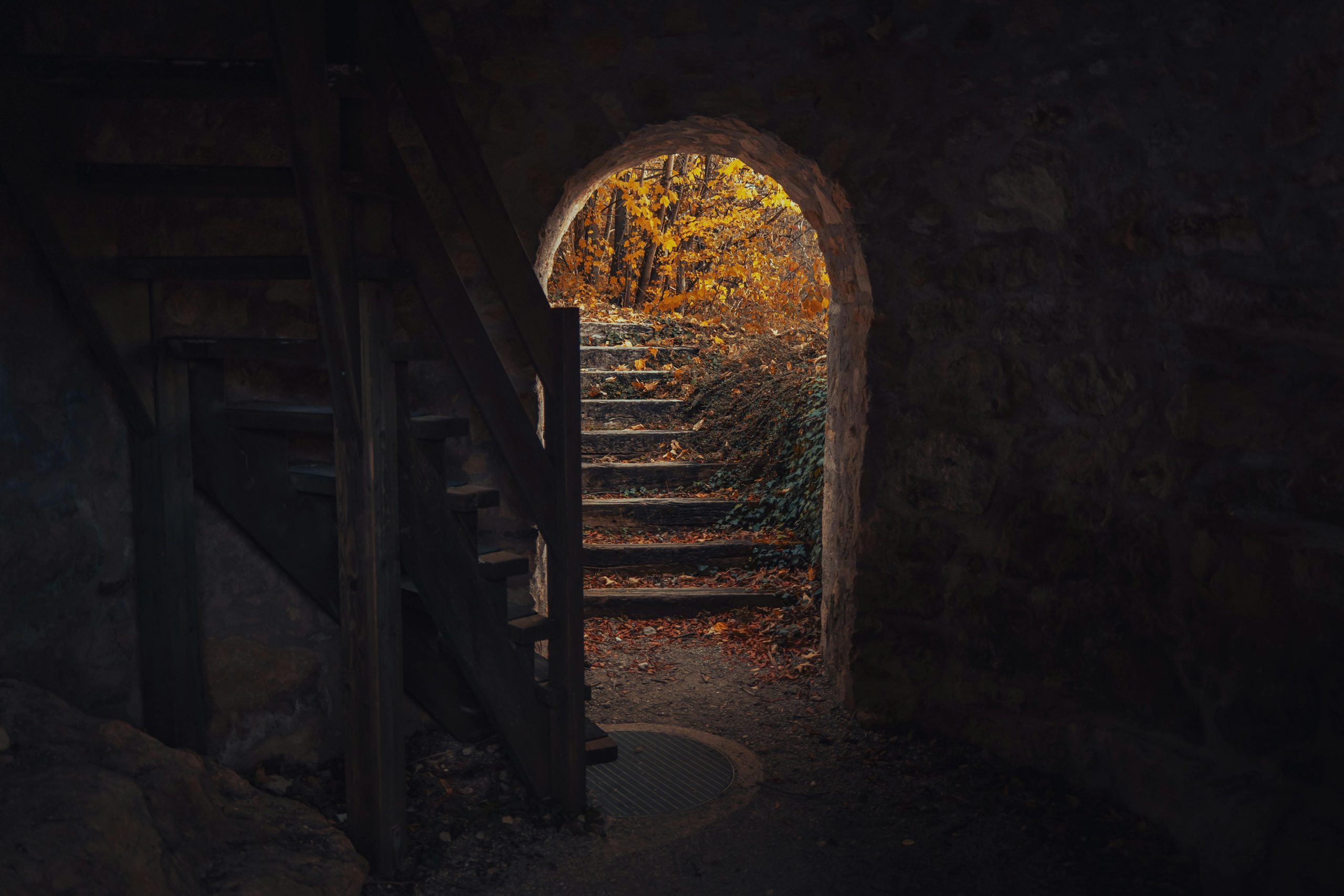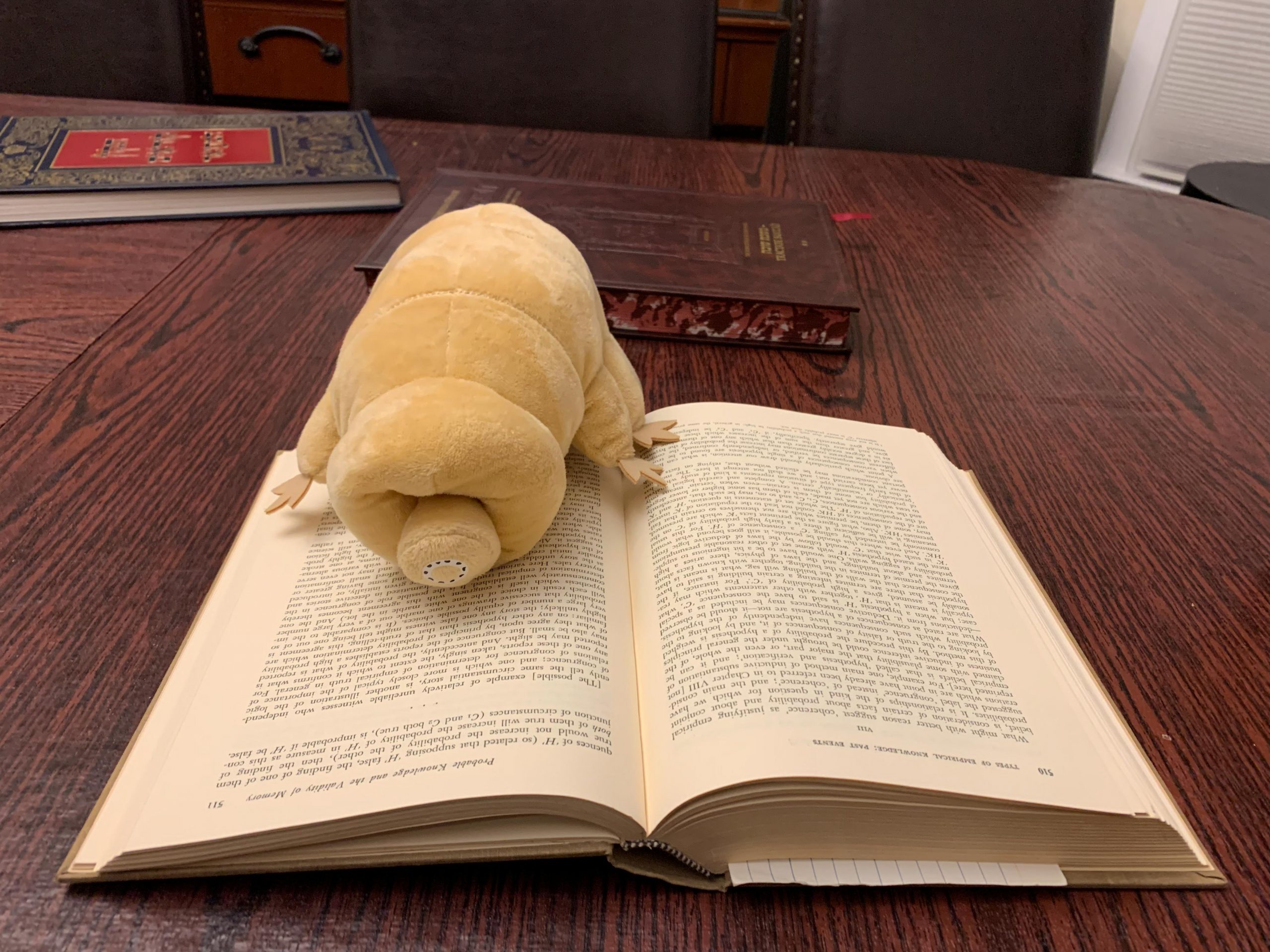By Patrick Dobyns, Editor
In July of 2025, the Donald J. Trump administration announced it would be constructing a new addition to the East Wing of the White House in the form of a massive 90,000 square foot ballroom. This expansion has been the source of much controversy and debate, largely due to its funding and ethical implications. While, theoretically, a ballroom doesn’t seem like it’s too troublesome to have, the way the whole affair has been handled has US Americans deeply divided.
The administration is quick to point out, however, that this is not the first time the White House has undergone massive construction projects — the building went through a reconstruction project under the Truman administration in 1949 that cost $5.7 million at the time ($69 million today), and the redecoration of the building by Jacqueline Kennedy was widely celebrated. However, these historical precedents were done under vastly different circumstances, and this new effort bears exploring the White House’s history to find out why the ballroom has garnered so much negative sentiment.
The Original Construction
Since the founding of the United States, every President has taken residence in the White House with the exception of George Washington, who died before the construction was completed. Construction had started during his administration, however, in October of 1792. John Adams, the second US President, inhabited the White House after its completion on November 1, 1800, giving a blessing to the building that was later engraved into the building by Franklin D. Roosevelt: “I pray Heaven to bestow the best of blessings on this House, and all that shall hereafter inhabit it. May none but honest and wise men ever rule under this roof.”

When the US declared war on Great Britain in 1812, a military expedition was sent to Canada where, during the Battle of York, US forces had burned and looted the town. In retaliation, the British launched an amphibious assault to do much the same to the American Capitol. While President James Madison and his cabinet were able to flee the city prior to the attack, the city itself was set ablaze, and the White House was not spared any of the destruction. While the exterior walls managed to stay intact, the interior of the building was gutted by the fire, and many of the items within were either destroyed or looted by British soldiers. The famous portrait of George Washington was one of the only items to be spared from the assault.
The estimated cost for rebuilding the structure was estimated at $334,334 (over $6 million today) and, in February of 1815, Congress approved $500,000 to rebuild the public offices of the city. Three years later, the construction of the White House was completed during the last year of Madison’s administration.
The Truman Reconstruction
Various minor additions and renovations had been made to the White House between 1817 and 1949, including redecorations under Chester A. Arthur in a Victorian style, the annual erection of a Christmas Tree under Benjamin Harrison, and the return to a Neoclassical style under Theodore Roosevelt. With the approval of Congress, William Howard Taft added the now-famous Oval Office to the West Wing, with the renovations costing $185,000 (over $6.5 million today). It would be redesigned under Franklin D. Roosevelt in 1934 for $12,000 ($290,000 today).

By 1945, the White House had been expanded to two main floors with an attic and a basement. The additional weight of the building, in combination with the building materials and the building’s age, meant that the White House was at risk of collapse. President Harry S. Truman had noted several structural issues when he moved in, and petitioned Congress to provide funds for repair, to which Congress authorized $780,000 (nearly $13 million today). Problems only escalated from there, with guests noticing during an event how a large chandelier was swaying due to people walking on the floor above.
After three years of residence, Truman received a report from the Commissioner of Public Buildings stating that the White House was in danger of imminent collapse. Congress approved $50,000 ($672,000 today) to further investigate the issue and the scope of the problem was realized shortly afterwards when a piano partially fell through the second floor and into the Family Dining Room. Truman commented on the possibility of his bathtub falling through the floor with him still inside it; the concern would prove founded as an investigation the following year (while Truman was away campaigning) showed that the floor around his bathtub had been sinking. When he returned from campaigning, he was informed by the Federal Works Agency that he and his family would need to completely vacate the building.
Initial estimates for the cost of repairs were around $1 million ($13.6 million today), but this proved to be drastically less than what was truly needed. After deciding to preserve the exterior walls and completely gut and rebuild the interior, Congress approved $5.4 million ($73.5 million today) for the reconstruction, the largest amount spent on the structure up to that point. In addition to the complete rebuilding, two basement floors were added underneath the ground floor, including a secret bomb shelter Truman had installed in case of nuclear attack, and the total number of rooms almost doubled to 132.
Truman and his family returned to the White House in March of 1952 and, in order to bring the history of the building closer to the people, he opened up parts of the building to public tours in April. The family, as well as guests and other residents, expressed dissatisfaction with the starkness of the structure; much of the historic furniture was not preserved and some was sold to the public as souvenirs to help fund the reconstruction. Truman attempted to garner a further $50,000 from Congress to procure more suitable furniture, but the proposal was rejected. One of those dissatisfied with the undistinguished furniture was a guest of outgoing First Lady Mamie Eisenhower — Jacqueline Kennedy.
Jacqueline Kennedy
Before John F. Kennedy took office in 1961, renovations to the White House had usually been either fairly minor in scale or had been large, necessary structural improvements. First Lady Jacqueline Kennedy, having seen the state of the White House’s interior after the Truman restoration, decided to undertake a massive redesign of the building’s interior. Many of the historic pieces that had been sold were bought back and re-placed within the White House, and many wealthy families donated their own pieces to her newly founded White House Historical Association.

Jacqueline had hired the renowned interior designer Stéphanie Boudin, of the House of Jansen, to design numerous historical themes for the rooms inside the White House; The American Empire for the Red Room, the Federal Style for the Green Room, the French Empire for the Blue Room, and more. The most well-known of her renovations, however, is likely her work on the gardens of the White House. Along with noted horticulturist Rachel Lambert Mellon, she spearheaded a restoration of the Rose Garden along the West Wing and the establishment of what became the Jacqueline Kennedy Garden by the East Wing, which was famous for its tulips and magnolia trees.
The White House was officially declared a museum by Congress in 1961 and its artifacts were therefore banned from private sale. The Committee for the Preservation of the White House was then formed to do exactly what its name implies; their approval is required for any changes to the State Rooms within the building. First Lady Pat Nixon would bring over 600 artifacts back to the White House, more than any number brought before. The Carter and Reagan administrations saw computers installed in the building, while the Clinton and Bush administrations refurbished several rooms. In 2013, Barack Obama had a set of solar panels installed on the White House roof.
The Trump Administration
In 2020, at the tail end of Donald Trump’s first term in office, Melania Trump had the historic Rose Garden redesigned. She relocated the crabapple trees planted during the Kennedy restoration elsewhere, had a concrete walkway installed (in compliance with the Americans with Disabilities Act), and installed abstract sculptures. This redesign was met with mixed receptions, with some claiming the redesign was necessary and long overdue, and others claiming that the Garden had become sterile and bland. During his second term in 2025, Donald Trump had the lawn of the Rose Garden paved over and made into a patio.
This past July, Donald Trump announced that the East Wing would undergo massive construction for a new grand ballroom to be built and demolition of the existing East Wing, as well as the famed Jacqueline Kennedy Garden, began in October. So far, he has raised over $300 million for its construction, the largest amount ever spent on the building, through private donations.

So now we get to the question we started with: Why the big deal? This isn’t the first time the White House has undergone massive construction projects and it’s not the first time that private funding has been used to improve the building. Part of the issue comes from the combination of these two — the Jacqueline Kennedy restoration was not a major construction, but largely relegated to redecoration, and her funds came from philanthropic families such as the Crowninshield and Oppenheimer families. Meanwhile, the Truman restoration came about as a necessary response to an unsafe situation, as the building was literally falling in around its residents.
The White House has never seen the scale of construction that it’s undergoing under Donald Trump and many view it as an unnecessary vanity project. There’s also the consideration that many of the private donors towards the ballroom are corporate, leading to concerns that there is now essentially a bidding war for Trump’s favor. Included in the list of corporate donors is Alphabet Inc., parent company of Google, which was involved in a lawsuit from Trump — their donation of $22 million was not out of generosity, but part of their settlement.
It can be difficult to pin down the exact reason for public discontent with the State Ballroom construction. According to a YouGov poll from October 22, 53% of Americans polled disapproved of the demolition of the East Wing, with only 24% approving. The Washington Post released similar results, with a 56% disapproval to 28% approval rate. There is a large sentiment that the White House is the people’s house, but Trump has gone over the heads of any governing body that regulates the building, including Congress and the Committee for the Preservation of the White House. Lastly, he seems to be selling political favors for those companies who chose to fund his project.
Unfortunately, the damage is done. The East Wing and the Jacqueline Kennedy Gardens have already been demolished, despite the public backlash. Construction is optimistically planned to finish before Trump’s final term ends in 2029. This is the first time such a massive addition was made to the White House that wasn’t necessary for its continued operation, and the fact that it was undertaken with corporate funding and without Congressional approval shows where Trump’s priorities truly lie. With one hand, he collects his funds and creates a new Versailles palace, and with the other, he cuts SNAP benefits for millions of Americans.
This venture does not exist in a vacuum outside of a socio-political context. The construction of the ballroom is a direct reflection of the Trump Administration’s priorities and its inability to enact the will of the American people over those priorities.





